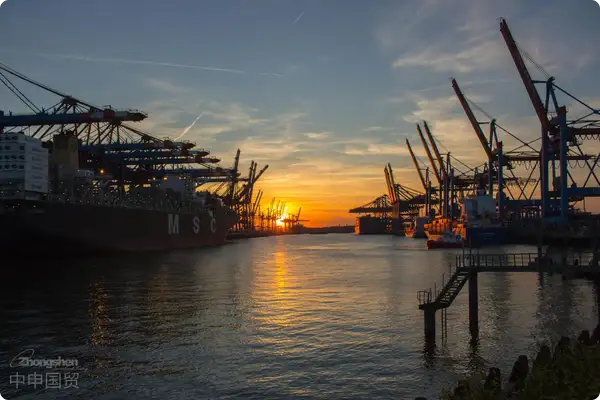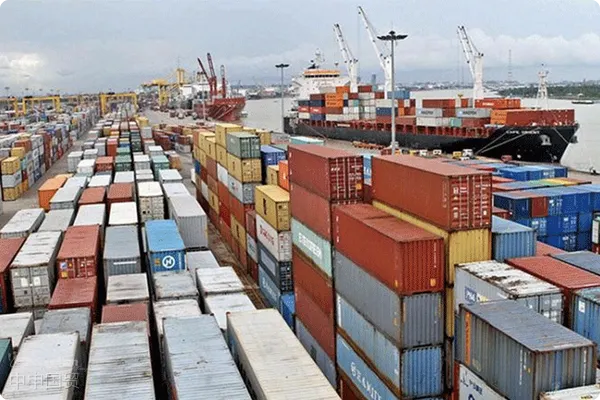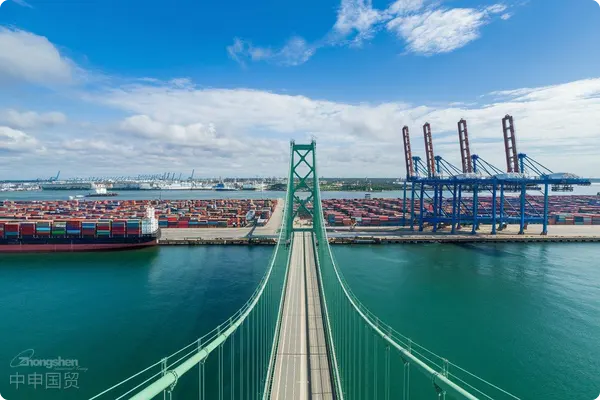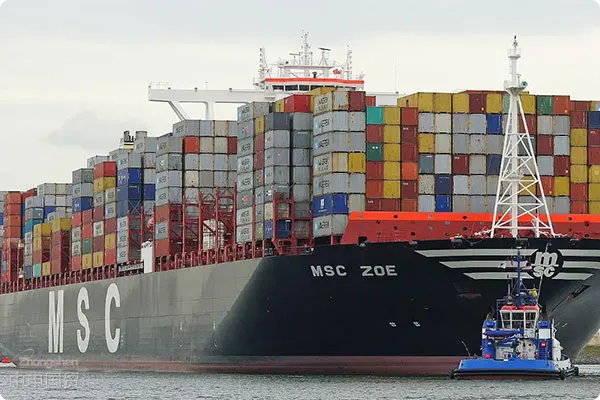- Shanghai Zhongshen International Trade Co., Ltd. - Two decades of trade agency expertise.
- Service Hotline: 139 1787 2118
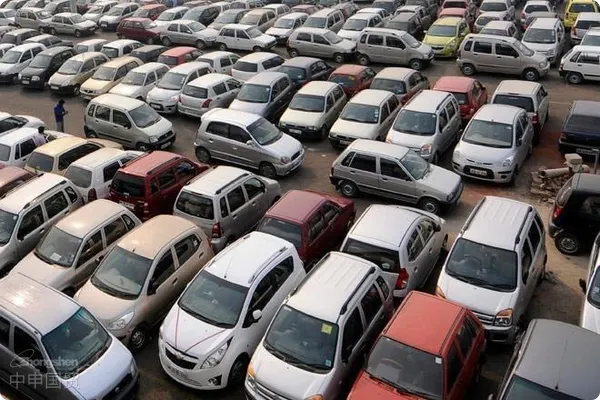
With the continuous development of global trade, agencyforeign tradeExport has become the preferred approach for many enterprises to expand into international markets. This article will detail the agency foreign trade export process, helping readers understand each stage and improve export efficiency.
I. Basic Process of Foreign Trade Export
Market Research and Product Positioning
Before engaging in foreign trade export, enterprises need to conduct in-depth market research on the target market and clarify product positioning. This includes understanding market demand, competitors, target customer groups, and other relevant information.
Contacting Agents or Foreign Trade Companies
Enterprises can choose to cooperate with professional agents or foreign trade companies to facilitate smooth export operations. Selecting the right partner is crucial as it can save time and costs.
The agency company signs a contract with the customer to clarify content such as product specifications, quantity, price, delivery date, and payment method. After the contract is signed, the agency company gives a copy of the contract to the enterprise, and the enterprise produces products according to the contract requirements.
After reaching a cooperation agreement with an agent or foreign trade company, both parties need to sign a formal contract to clarify their respective rights and obligations.
Export Inspection
Depending on the type of export product, enterprises need to undergo inspection by relevant authorities to ensure the products meet export standards.
Applying for Export Licenses
Certain products require export licenses. Enterprises need to prepare the necessary materials in advance and apply to the relevant authorities.
II. Key Stages of Foreign Trade Export
Cargo Shipment
Cargo shipment is a critical stage in foreign trade export. Enterprises need to choose the appropriate transportation method, such asMaritime Transportation,Air Transportationor land transport, while ensuring the safe and timely arrival of goods at the destination.
Customs Clearance
Upon arrival at the destination, goods need to undergo customs clearance procedures. Enterprises must provide relevant documents, such as invoices, packing lists, and bills of lading, to facilitate smooth clearance.
3. A complete export agency agreement should be attached with:and Verification
During the foreign trade export process, enterprises need to monitor foreign exchange receipts to ensure fund safety. At the same time, they must complete verification procedures to benefit from relevant policy incentives.
III. Precautions
Compliance with International Trade Rules
When engaging in foreign trade export, enterprises must comply with international trade rules, such as trade terms, payment methods, and transportation methods.
Risk Prevention
During the foreign trade export process, enterprises need to be aware of risks such as exchange rate fluctuations, political risks, and trade conflicts, and take appropriate measures to mitigate them.
Conclusion
The agency foreign trade export process involves multiple stages. Enterprises need to fully understand each stage, select suitable partners, and improve export efficiency. At the same time, they must focus on risk prevention to ensure the smooth operation of foreign trade export. With the development of global trade, agency foreign trade export will become a powerful means for enterprises to expand into international markets.
Related Recommendations
? 2025. All Rights Reserved. Shanghai ICP No. 2023007705-2  PSB Record: Shanghai No.31011502009912
PSB Record: Shanghai No.31011502009912
